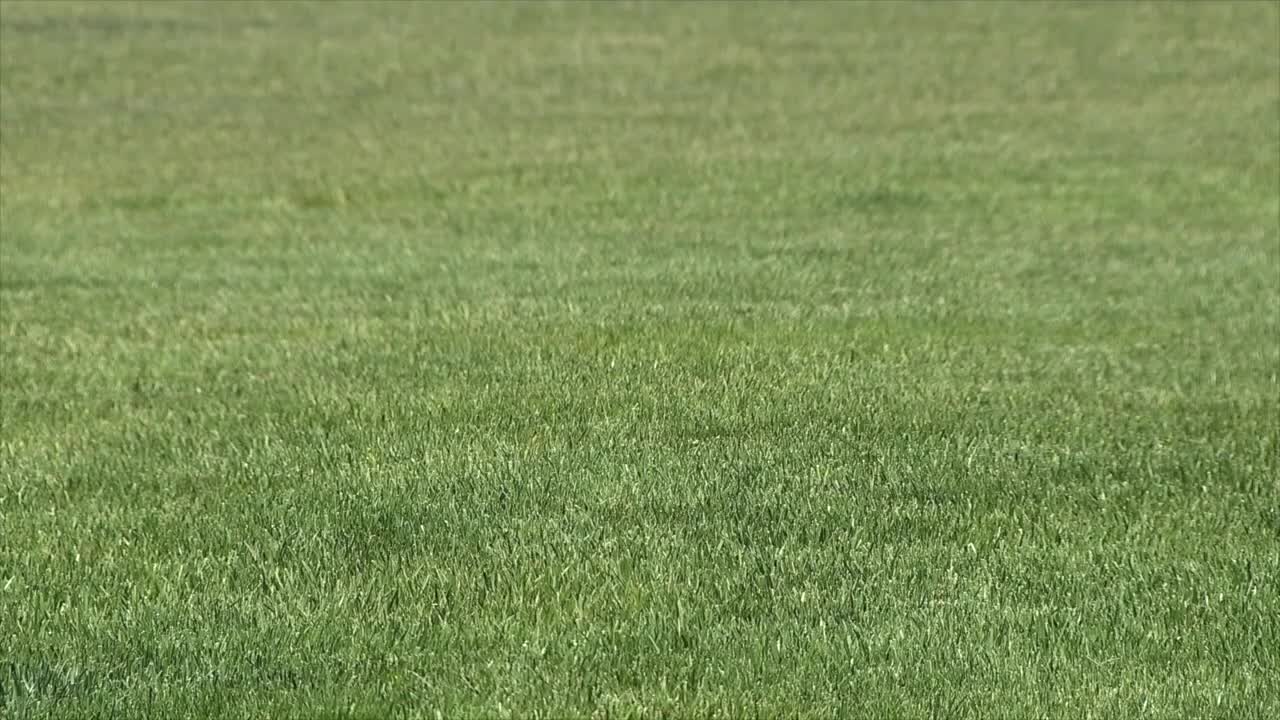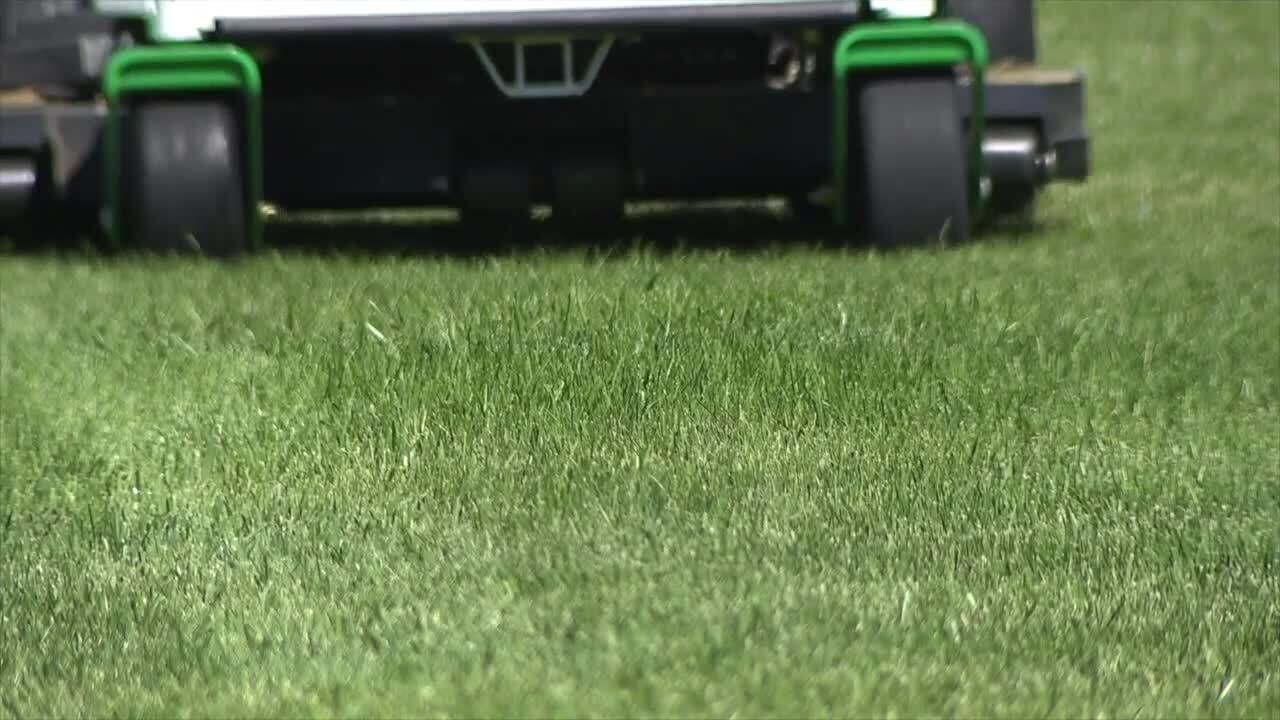BRIGHTON, Colo. — As the dog days of summer set in and the sizzling heat ramps up, so does the stress on our exterior landscapes.
Denver7 met with landscaping expert Nicole Stone, a member of the Associated Landscape Contractors of Colorado, at SiteOne Landscape Supply in Brighton to discuss how to keep our grass green without wasting water.
Denver averages around 14 inches of precipitation a year. Even though we live in a dry state, Stone said we can maintain a green lawn during the hot, dry summer season with strategic watering, proper mowing height, and fertilization.
Let’s talk about watering practices. Instead of frequent, shallow watering, aim to soak the soil deeply, about 6 to 8 inches, every few days, Stone explained. This encourages deeper root growth, making the grass more drought-tolerant. Of course, she said, avoid watering during the hottest part of the day, typically between 10 a.m. and 6 p.m.
Stone said longer grass blades help shade the soil, reducing water evaporation and keeping the lawn cooler. She recommended raising your mower deck so the mower height is between 2.5 and 3 inches. Also, let those clippings fall back into the grass. She said this helps retain moisture, suppresses weeds, and adds back critical nutrients to the soil.
The last step to keep your lawn green is fertilization, Stone explained. Fertilizers provide essential nutrients to turf, promoting healthy and vibrant growth. She said they enhance grass greening, improve density, and strengthen root systems. This leads to a more resilient lawn that can withstand wear, pests, and diseases.
Fertilizers replenish vital nutrients like nitrogen, phosphorus, and potassium, which are often depleted from the soil due to grass growth and environmental factors, she explained.
Nitrogen, a key component of fertilizer, stimulates grass growth, leading to thicker, greener blades. Phosphorus promotes healthy root development, enabling the grass to absorb water and nutrients better and withstand stress. Well-nourished lawns are more resistant to diseases and pests, as healthy grass can better defend itself against these threats. A dense, healthy lawn naturally crowds out weeds, reducing the need for herbicides. Fertilizers contribute to a more vibrant, lush, and uniform green color in the lawn.
Stone said the most important thing to keep your grass lush and green is to water less but for a little longer, raise your mower deck, let the clippings fall back into the grass, and fertilize.





